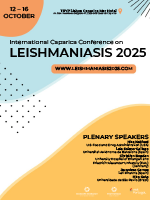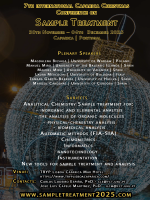Navigating the molecular diversity of SARS-CoV-2: early pandemic insights from comparative phylogenetic analysis
SARS-CoV-2 Clades Phylogeny
DOI:
https://doi.org/10.5584/jiomics.v14i1.228Keywords:
SARS-CoV-2, COVID-19, Mutation, Variant, PhylogenyAbstract
The emergence of severe acute respiratory syndrome coronavirus 2 (SARS-CoV-2) in December 2019 precipitated the onset of the COVID-19 pandemic, which swiftly spread across more than 214 countries and territories, posing a significant global health crisis. In response, laboratories worldwide have embarked on extensive efforts to characterize the genomic landscape of the virus, employing a myriad of sophisticated genomic analysis techniques. This study endeavors to undertake a comprehensive exploration into the genetic diversity, geographical distribution, and virulence determinants of SARS-CoV-2 clades across 11 diverse countries, employing advanced computational biology methodologies. Leveraging molecular data sourced from prominent international databases, the analysis aims to unravel the intricate phylogenetic relationships and mutational dynamics exhibited by various viral strains circulating worldwide. The findings of this investigation promise to yield invaluable insights into the evolutionary trajectory of SARS-CoV-2, shedding light on potential therapeutic targets and informing strategies for mitigating the impact of the ongoing pandemic on global public health. Results highlight significant genetic diversity among SARS-CoV-2 strains across different countries, with phylogenetic analysis revealing distinct subclass groupings within each country. A manual comparison of sequences identified numerous mutations, with certain mutations associated with increased virulence. Comparison of clade G and clade O sequences revealed differences in mutation profiles, suggesting potential links to virulence and transmissibility. These findings underscore the dynamic nature of SARS-CoV-2 evolution and the importance of monitoring genetic changes for public health interventions.
Downloads
Published
Issue
Section
License
Copyright (c) 2024 Journal of Integrated OMICS

This work is licensed under a Creative Commons Attribution 4.0 International License.








